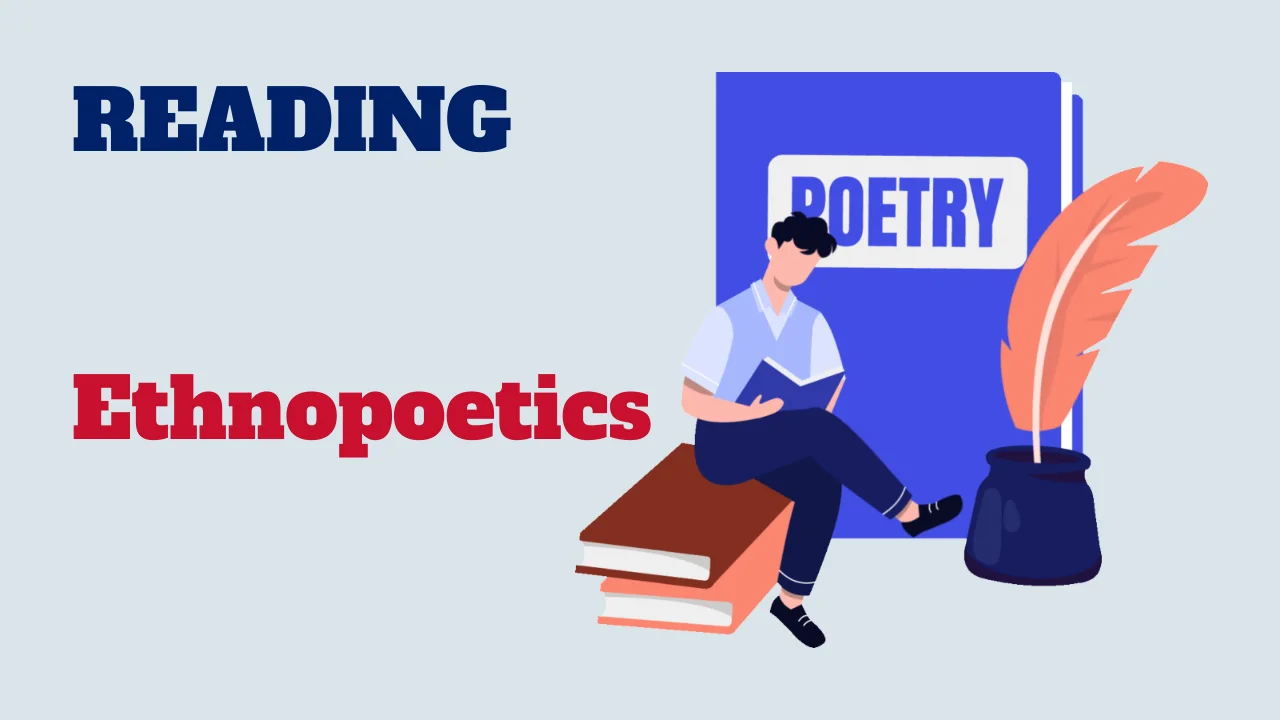Welcome to a new passage on ethnopoetics! In this reading activity, we’ll examine the interesting world of recording and analyzing oral poetry and narrative performances through the lens of ethnopoetics.

From its origins to its major contributors and theoretical perspectives, we’ll unravel the intricacies of this interdisciplinary field that intersects with anthropology, linguistics, literature, and more.
Text: Ethnopoetics
Ethnopoetics is a field of study and creative practice that explores the poetic forms and storytelling traditions of various cultures, often focusing on oral traditions and indigenous narratives. This interdisciplinary approach combines elements of anthropology, linguistics, and literary studies to understand and represent the cultural richness embedded in these oral and written forms.
The term “ethnopoetics” was popularized in the 1960s and 1970s by poet and anthropologist Jerome Rothenberg. He sought to bring attention to the artistic and aesthetic dimensions of oral literature, which were often overlooked by traditional literary criticism and ethnography. Rothenberg and other pioneers like Dennis Tedlock emphasized the importance of preserving the original performance context, rhythm, and sound of oral texts, arguing that these elements are crucial for fully appreciating their meaning and beauty.
Ethnopoetics challenges the Western-centric notions of literature by validating the literary significance of non-Western, non-written, and communal forms of storytelling. It highlights the sophisticated narrative techniques, symbolic language, and cultural values inherent in oral traditions. This includes epic poems, chants, myths, and folktales from diverse cultures around the world.
A key aspect of ethnopoetics is the transcription and translation of oral performances in a way that retains their original poetic qualities. This involves innovative formatting on the page to convey rhythm, pauses, and intonation. Ethnopoetic transcriptions often look different from conventional written poetry, using spacing and line breaks to mimic the oral delivery of the performer.
By focusing on these oral traditions, ethnopoetics also serves as a form of cultural preservation. It respects and maintains the voices and stories of marginalized and indigenous communities, promoting a greater understanding of their worldviews and artistic expressions.
Moreover, ethnopoetics has had a profound influence on contemporary poetry and literary practices. It encourages poets and writers to experiment with form and to incorporate diverse cultural elements into their work, fostering a richer, more inclusive literary landscape.
In summary, ethnopoetics is a vital field that bridges anthropology and literature, offering deep insights into the poetic traditions of various cultures. It champions the artistic value of oral narratives and works to preserve and celebrate the cultural heritage they represent.
Comprehension questions
Congratulations on completing the exploration of ethnopoetics! By delving into the methods, theories, and contributions of this interdisciplinary field, we gain a deeper understanding of the cultural significance and artistic richness of oral traditions worldwide. As we continue to study and appreciate the complexities of ethnopoetics, let us remain open to the diverse narratives and poetic expressions that enrich our global heritage.



